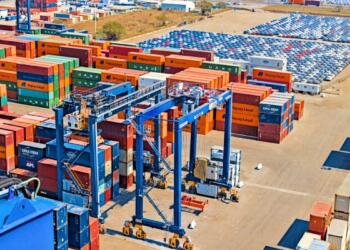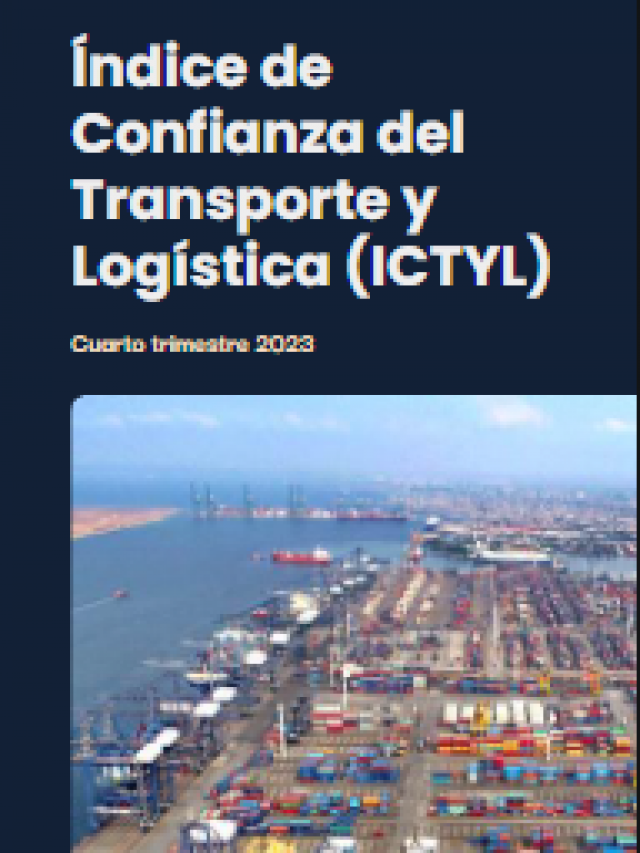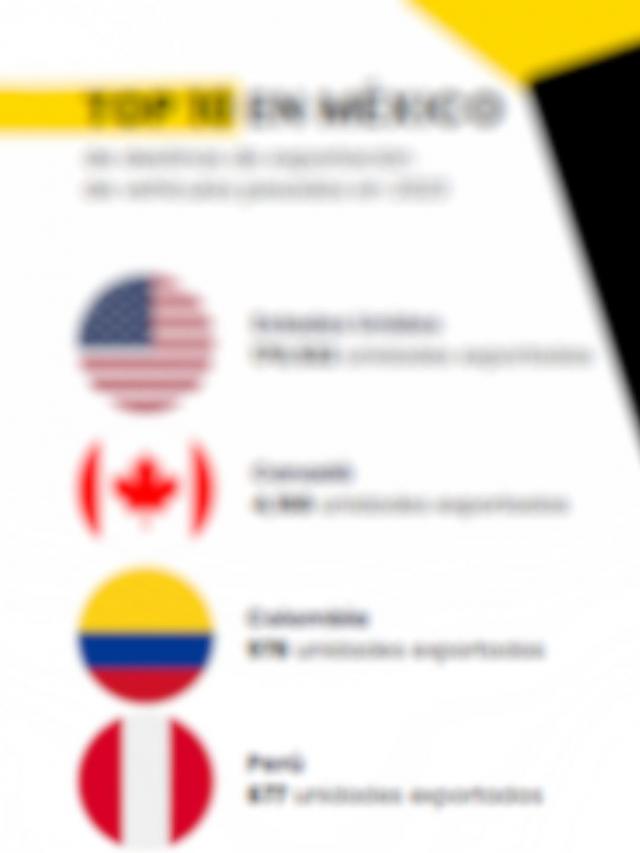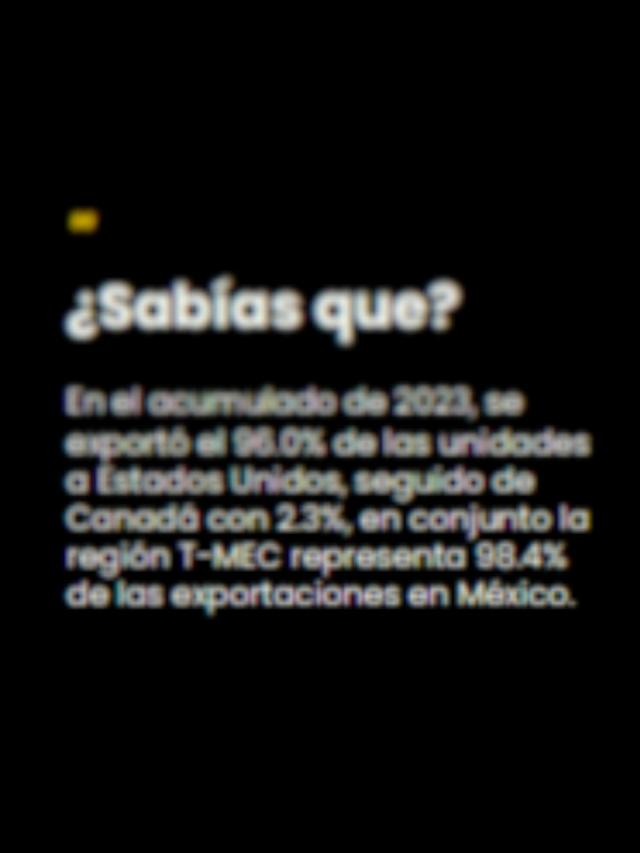
Heineken Mexico implemented a transformation in its primary transportation model , combining logistics with concrete operational safety strategies, according to David Gallardo, the company’s director of warehouses and transportation.
One of the key adjustments was the strengthening of multimodal schemes. While trucking represents the majority of movement, 75% full and 20% single , the brewery increased its use of rail (up to 4%) and maritime transport (3%), as Gallardo explained in the last edition of The Logistics World 2025 .
This diversification responded to both cost reasons and operational sustainability objectives.
“Initially, the quality department was the first to question the use of rail. Today, it’s the first to promote it,” Gallardo said.
He also highlighted that, with adjustments to loading processes and defined patterns , they were able to maintain product standards, even on more complex routes.
In terms of security , the company operates under a management system based on the TPM (Total Productive Maintenance) model, which allows for the identification of root causes of incidents and the application of countermeasures without seeking blame, but rather immediate solutions.
This approach helps keep operating areas , such as warehouses, incident-free for years, Gallardo said.
In addition, the company designed warehouse layouts, implemented “zero pedestrian” zones, and uses an internal communications platform called “Superación 110,” which allows it to disseminate standardized safety messages to its more than 8,900 logistics employees , including forklift and transport operators.
Logistics provider management is also part of the operating model. Gallardo noted that they hold frequent meetings with their strategic partners, from the operational to the executive level, with the goal of harmonizing safety criteria, operational fatigue, and working conditions.
“Safety can’t be limited to a contract. If I require the operator to be alert, I can’t call them every 15 minutes,” he explained, referring to practices that create distractions and increase risk on the road.
He emphasized the importance of keeping operations up to date as consumption patterns change. “A 12-ounce can takes up more space than a small bottle. If we don’t take this into account, we lose storage capacity without even realizing it ,” he warned.
Comment and follow us on X: @karinaquintero / @GrupoT21















